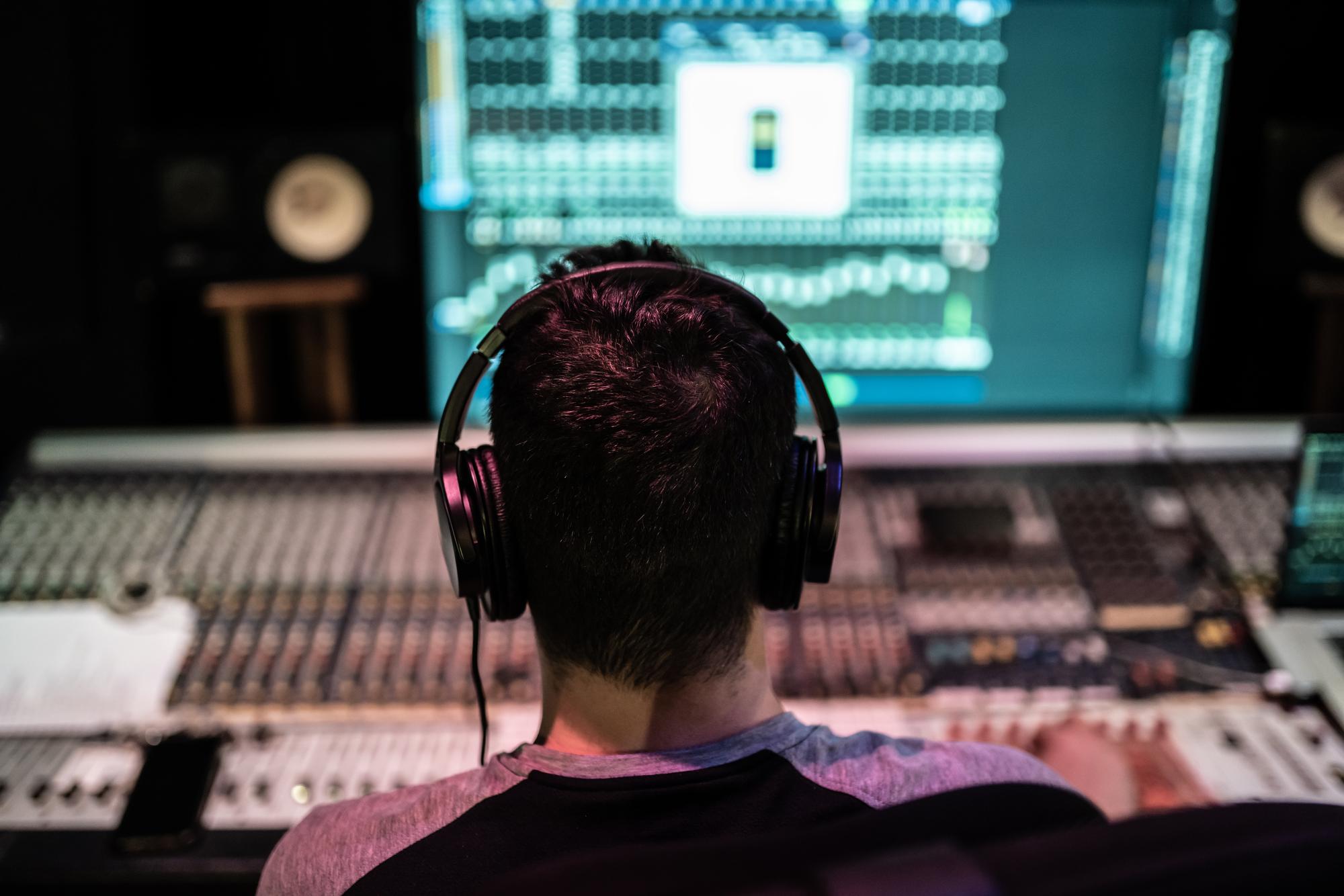Have you ever seen the behind-the-scenes of your favorite film and noticed a large desk with controls like a 747 flight deck?
Here is a 10 times less expensive variant than the $30,000 panels used in television and movies.
This 16" x 16" piece of die-cast aluminum will need a little space on your desk. In addition to USB power, it also requires AC power.
Micro vs Mini
The lower portion of the $3,000 Mini has the same layout and buttons as the $1,000 Micro.
The Blackmagicdesign person I talked with described the Mini as the "stay in the office" version, while the Micro was meant to be transported on-site during your production.
The Micro is used to fast-fix video, apply a LUT, and avoid requiring secondary nodes. Additionally, the Micro is USB-powered and does not need AC power.
You may want to consider the Mini if you want greater control over your color grading in Resolve and want to be a full-time or professional colorist.
Compatible with Other Applications
To minimize the number of comments, before I go any further, I want to clarify that this plugin is only compatible with Resolve, and there are no public intentions to support other editing tools.
This device's buttons are so specific to Resolve that it would be absurd to attempt to utilize it with Premiere or Final Cut Pro. Only the color wheels may be useful, but regrettably, they are not a choice.
The Bottom Design
You have three weighted trackballs with wheels for Lift, Gamma, and Gain on the bottom side. If you are unfamiliar with this terminology, shadows, mid-tones, and highlights are the closest alternatives.
The ball controls the color while moving Lift, Gamma, or Gain toward or away from color.
The dial controls the quantity. Above each wheel are buttons labeled RGB, All, and Level.
Resolve is the first non-linear editing program that utilizes yRGB color science, which can separate chrominance and luminance, allowing you to adjust the brightness without affecting the hue. Typically, these buttons will be set to all, but you may select Level to change only the Brightness and RGB to control the color.
When the offset button is pressed, the three trackballs and wheels above the main wheel shift to regulate white balance, tint, and offset.
You also have a LOG button to switch the wheels to Log mode, where you may set the high and low thresholds and the pivot point.
The viewer button allows you to see your footage in full-screen mode.
Above the wheels, there are twelve dials.
Contrast, Pivot, Mid Detail Color Boost, Shadows, Highlights Saturation, Hue, Lum Mix Y Lift, Y Gamma, Y Gain
The Right Part
On the right are additional buttons for capturing and playing stills, undoing, redoing, and looping. The previous and next buttons for nodes, frames, and clips are located in the bottom right corner. Plus, there are play and stop buttons.
It's fantastic that firmware modifications have already been done in response to customer input. In other words, if you pack and hold the previous frame, it will go to the first frame; if you press and hold the next frame, it will go to the final frame; if you press and hold reset, it will delete all the nodes.
The Top Design
The upper part of the panel, which is not included with the Micro panel, is what you are paying an additional $2,000 for.
On the left side of the color page, each tool has a button. Then, when you click those buttons, the corresponding displays and knobs will change.
If you choose curves, for instance, the knobs will control 0%, 20%, 40%, 60%, 80%, and 100%.
If you're a frequent user of Resolve, you'll discover a button for almost anything you often do.
Keyboard Usage
You will still need to utilize your mouse and keyboard when utilizing this panel.
Blackmagic said that, on average, you would need to remove your hands from the panel for each model the following percentage of the time.
2-5% on the Superior.
30% off a Mini.
70 percent on the Micro.
Conclusion
I recommend the Micro Panel. If you are new to color grading with DaVinci Resolve and are committed to learning and becoming quicker, I recommend the Micro Panel. If you want to color grade full-time and are very familiar with Resolve, I recommend purchasing the Mini Panel.
You get displays on the top for three times the price, several more controls and buttons, and a bigger device with wrist rest space.
Why are you still here if you do not use or intend to use Resolve?
No, but in all seriousness, there are other panel choices like Tangent for different editing applications; I haven't utilized any of them, so I can't provide any views or insights.





